This high-tech farm is growing crops in an entirely new way. 
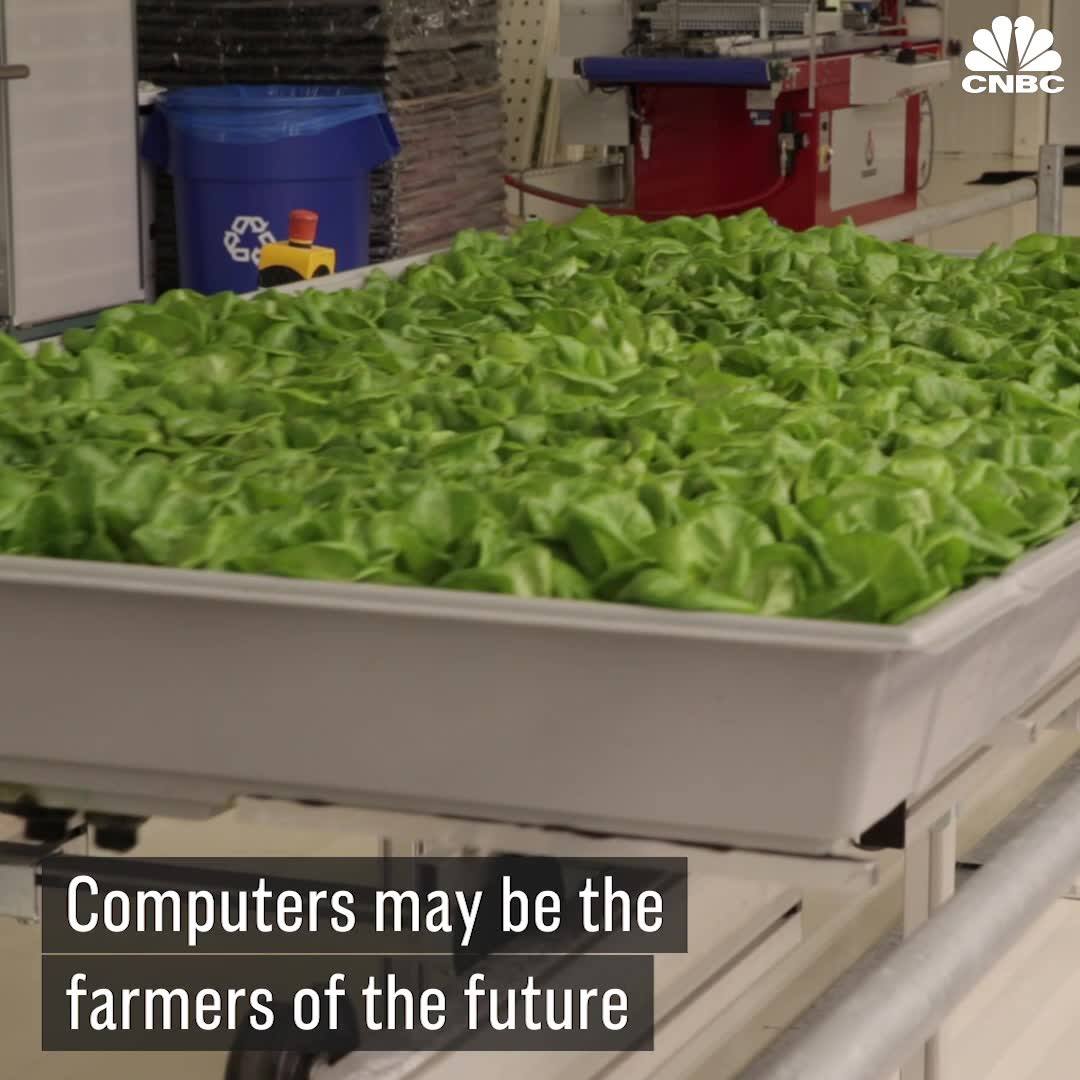


Scientists from Purdue University and the Chinese Academy of Sciences report the use of CRISPR/Cas9 to develop a variety of rice producing 25–31% more grain than traditional breeding methods.
The team, led by Jian-Kang Zhu, a distinguished professor in the Department of Horticulture and Landscape Architecture at Purdue and director of the Shanghai Center for Plant Stress Biology at the Chinese Academy of Sciences, made mutations to 13 genes associated with the plant hormone abscisic acid – known to play roles in plant stress tolerance and suppression of growth. Of several varieties created, one produced a plant that had little change in stress tolerance but produced 25% more grain in a field test in Shanghai, China, and 31% more in a field test conducted on China’s Hainan Island.

The strawberry-picking robots coming to a farm near you. 
Strawberry producers say labour shortages are driving them to find robotic fruit pickers instead.

But if robots kill weeds, who will spray Roundup on everything.
AI-powered weed hunters could soon reduce the need for herbicides and genetically modified crops.
How it’s done now: Current farming methods involve spraying large amounts of indiscriminate weed killer over fields full of crops that have been genetically tweaked (usually by the same company that makes the weed killer) to resist the chemicals. The pesticide and seed industry is enormous, worth $100 billion globally. Of that, herbicide sales alone account for $26 billion.
The future: Robots like the one created by ecoRobotix (shown above) will be able to roll through fields, using computer vision to target and spray individual weeds as they go. EcoRobotix claims its robo-brigade will decrease total herbicide use by a factor of 20. You might even be able to get a smaller Roomba-esque version for your home garden.
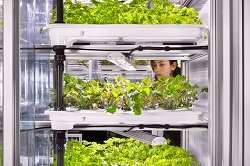
Your local supermarket and favourite restaurant could soon be growing their own food, thanks to an EU-funded project that has completely redesigned the food supply chain to develop the concept of in-store farming.
Our busy, modern lives demand that fresh produce be available 365 days a year, even though some varieties may only be seasonal and/or produced on the other side of the world. The result is a food system centred on quantity, low prices and efficiency rather than on quality, sustainability and traceability.
The EU-funded INFARM (The vertical farming revolution, urban Farming as a Service) project reflects a growing desire for highly nutritious locally grown food, which is free of herbicides and pesticides and addresses the lack of accountability in the current food system. “By growing produce directly where people eat and live, we can cut out the lengthy supply chain, significantly reduce food waste, offer nutrient-dense food without any chemical pesticides and improve the environmental ‘foodprint’ of our plants,” says the INFARM’s Chief Technical Officer and co-founder, Guy Galonska.
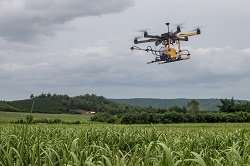
The Robots are Coming!
European consumers expect a clean supply chain and biodiversity to be conserved. Therefore, reducing the inputs of pesticides and chemical fertilisers to a minimum and/or replacing them by agro-ecological or robot solutions is required. Furthermore, the average age of European farmers is among the highest of all sectors, thus farming needs to attract young people with attractive working opportunities.
This is where the new agricultural robot solution for precision farming developed within the context of the EU Flourish (Aerial Data Collection and Analysis, and Automated Ground Intervention for Precision Farming) project can play a part. Use of robots in precision farming has the potential not only to increase yield, but also to reduce the reliance on fertilisers, herbicides and pesticides through selectively spraying individual plants or through weed removal.
Helping farmland flourish
Precision farming combines technologies that customise the care that plants receive without increasing labour on the farmer’s side. The project consortium targeted the development of innovative agriculture techniques by monitoring key indicators of crop health and targeting treatment only for plants or infested areas that require it.
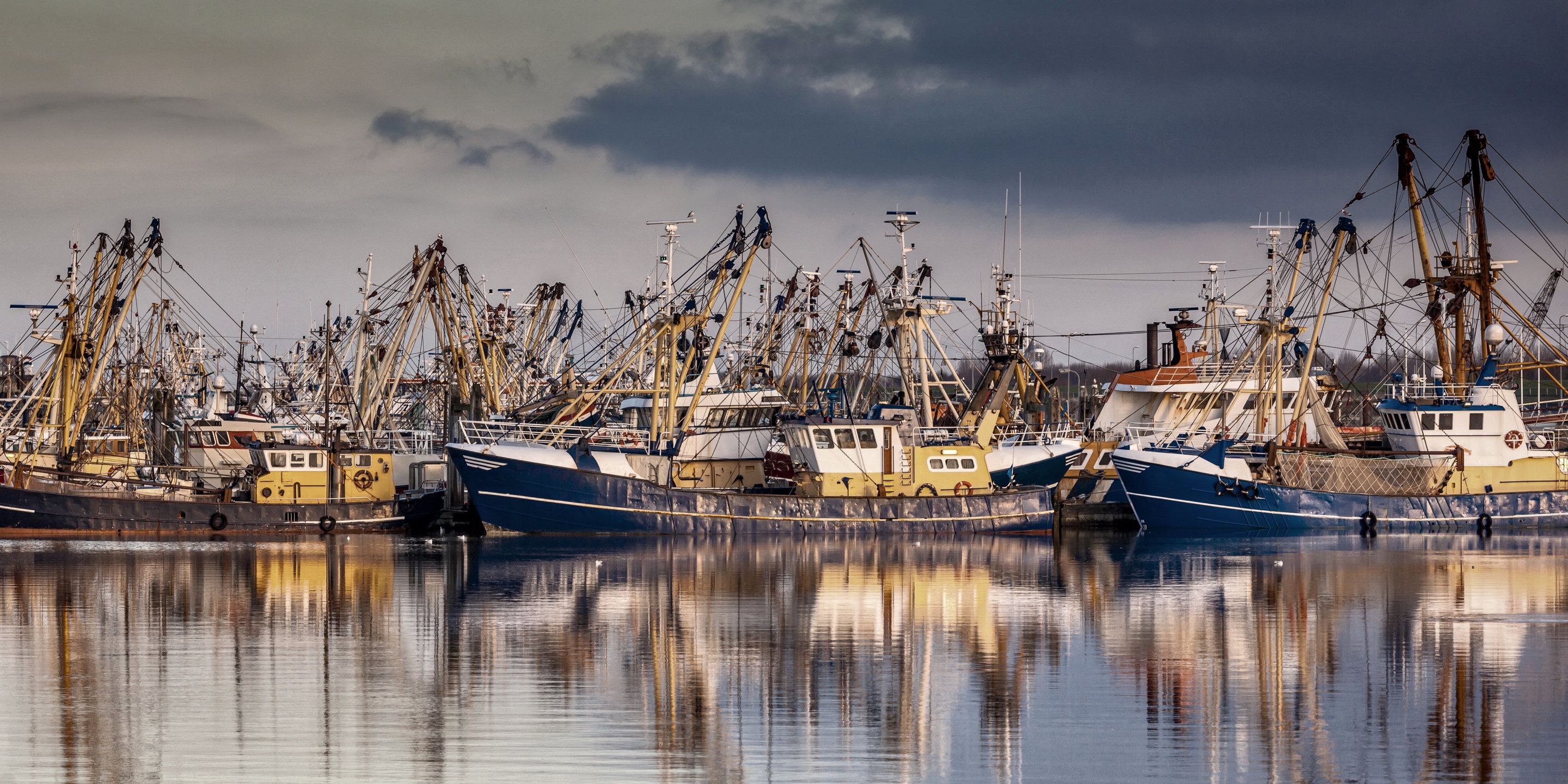
Seafood consumption is both a love and a necessity for hundreds of millions of people worldwide. And its supply is a key part of maintaining food security for the whole planet. But during a time of rapid population growth and increasing demand, stocks of wild fish and invertebrates (such as mussels and prawns) are declining.
The problem is that policies and plans designed to make sure there are enough fish and invertebrates almost exclusively target fishing activity. But we also need to protect the critical habitats that are essential for the sustainability of these stocks and fisheries.
Most species that are fished require more than a single habitat to live and thrive. Atlantic cod (Gadus morhua), for example, spends its adult life shoaling in deep water where it lives, feeds and spawns. But juveniles require more stable habitat such as seagrass meadows. So, if we want to manage fish and invertebrate stocks for sustainability reasons, it is essential to protect the supporting habitats of targeted species.

Insect-sized flying robots could help with time-consuming tasks like surveying crop growth on large farms or sniffing out gas leaks. These robots soar by fluttering tiny wings because they are too small to use propellers, like those seen on their larger drone cousins. Small size is advantageous: These robots are cheap to make and can easily slip into tight places that are inaccessible to big drones.
But current flying robo-insects are still tethered to the ground. The electronics they need to power and control their wings are too heavy for these miniature robots to carry.
Now, engineers at the University of Washington have for the first time cut the cord and added a brain, allowing their RoboFly to take its first independent flaps. This might be one small flap for a robot, but it’s one giant leap for robot-kind. The team will present its findings May 23 at the International Conference on Robotics and Automation in Brisbane, Australia.
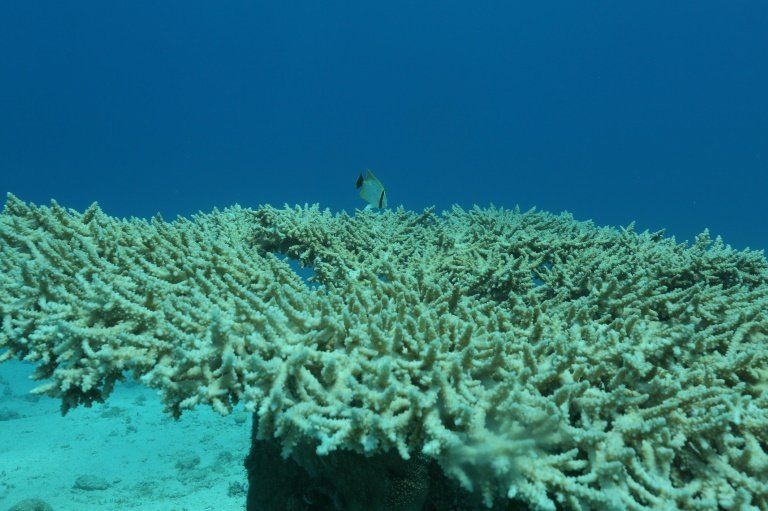
Coral reefs are the fish nurseries and so without them there will be no fish!
Japan’s biggest coral reef has not recovered from bleaching due to rising sea temperatures, with only one percent of the reef in a healthy condition, according to a government study.
The overall volume of coral in Sekisei Lagoon in southwestern Japan near Okinawa had already plunged by 80 percent since the late 1980s due to rising water temperatures and damage caused by coral-eating starfish.
Now only 1.4 percent of the lagoon, which stretches over 67.89 square kilometres, is in a healthy condition, the environment ministry said, after it was hit by mass bleaching in 1998, 2001, 2007 and most recently 2016.

Groundwater being pumped from a highland aquifer, only to be whisked away in tankers and sold in little plastic bottles by a multinational corporation – it’s a difficult concept for a small farming town to swallow.
Just ask the residents of Stanley, Victoria, whose four-year court battle to stop a farmer bottling local groundwater for Japanese beverage giant Asahi ended in failure last month. They were left with a A$90,000 bill for legal costs.
Locals have clashed with the bottled water industry in many parts of the world, including the United States and Canada, and perhaps most famously in the French spa town of Vittel, where residents have accused Nestlé of selling so much of their water to the rest of the world that they barely have enough left for themselves.